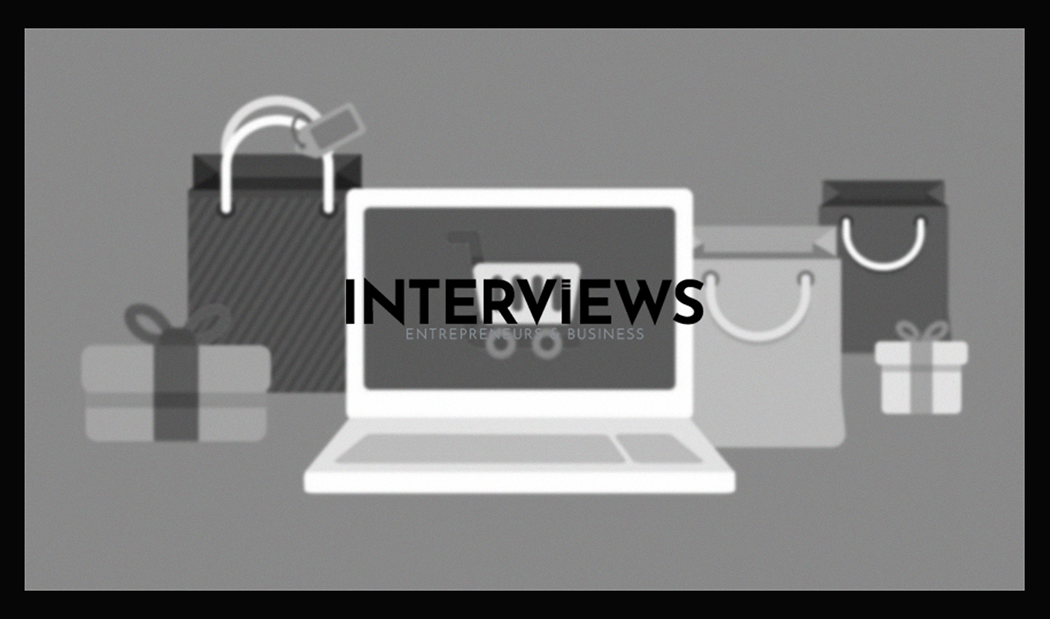1. Nail Your Retailer Research: It’s Not Just Browsing
You have a product. Fantastic. You want it in retail stores, right? Slow down. Before daydreaming about shelves filled with your product, do your homework. Selling isn’t just about a trendy item; it’s about knowing where that item belongs.
- Know Your Target Market Like Your Own Pockets: Who are the retailers targeting? Are they for the yogis or the tool enthusiasts? Identify which stores sell goods similar to yours. Understand their customers. Use Indeed.com for tips; researching is your first step.
- Decode Store Policies and Buying Cycles – It’s Like Retailer Rosetta Stone: Every store has its own unique rules. Learn when they restock for different seasons. Understand their pricing needs. This saves you from pitching winter gear in July. Knowing their methods is critical, as FundThrough suggests.
- Identify Your Retailer Hit List – Not All Stores Are Created Equal: Wear your detective hat. Is your target a boutique, a robust online market, or a distributor? Start broad; consider various retailers. Local shops are good for feedback; online giants may offer large-scale potential.
2. Craft a Pitch That Sings (Not Snores)
You did the research. Now comes the performance. Your pitch is your product audition. You can’t mumble features; you need a story and a clear value proposition. Materials must scream “professional.” Preparation is key.
- Sell Sheet Superhero – Your Product’s One-Page Wonder: Think of a movie poster for your product. That’s your sell sheet. It’s concise, visually appealing, and showcases key features. It acts as your product’s resume and cover letter combined. Per Wholesale Suite, strong sell sheets are crucial for a first impression.
- Brand Identity – It’s More Than Just a Logo (Though a Good Logo Helps): Your brand reflects your product’s personality. Ensure it shines through your branding. Consistent visuals on sell sheets, websites, and packaging enhance trustworthiness. In a crowded market, a strong brand stands out.
- Practice Makes Perfect Pitch – No Stage Fright Allowed: Rehearse your pitch until it feels natural. Be ready for questions about pricing, margins, and production. Think of it like a job interview but with you convincing them they need you. Confidence is essential.
- Sample Schmamples – Let Your Product Do the Talking (and Selling): Products say more than PowerPoint slides. Offering samples lets buyers experience your product firsthand. They can see the quality themselves. It’s a powerful step beyond words; who doesn’t love free samples?
3. Online Marketplaces and Trade Shows: Modern and Classic Matchmaking
Connecting with retailers may seem old-fashioned. Yet, it works. In the digital age, online marketplaces bring new opportunities. It’s like mixing classic charm with modern hustle.
- Wholesale Marketplaces – Your Digital Retailer Rodeo: Platforms like Faire and Shopify Wholesale are akin to dating apps for products and retailers. List your items, set prices, and reach thousands of retailers seeking new products. This approach tests market demand without hefty costs.
- Trade Shows – The OG Networking Extravaganza (Still Kicking): Trade shows remain rich networking grounds. Picture a room filled with retailers and distributors eager for new products. They provide immediate feedback and build personal ties, leading to deals quickly. Yes, they take time and money, but they offer significant exposure for new products.
4. Sweeten the Deal with Incentives (Retailers Love a Good Perk)
Let’s be honest, retailers seek profit. Your product might impress, but sometimes a little extra motivation helps. Incentives are like sprinkles on a sundae, enhancing appeal.
- Discounts, Rebates, Bonuses – Show Them the Money (Savings): Everyone enjoys a good deal, including retailers. Offer bulk order discounts or bonuses for first orders to entice retail partners. This lowers their risk and boosts profits.
- Co-op Advertising & Promotional Shenanigans – Team Up for Visibility: Propose shared advertising costs or joint promotions. This indicates you’re invested in their success. Collaborative advertising often proves more effective than solo efforts.
- Exclusive Deals and VIP Access – Make Them Feel Special (Because They Are): Exclusivity attracts attention. Provide retailers with special product variations or early access to new lines. This creates urgency and makes them feel valued, similar to a VIP pass.
5. Relationship Building & Follow-Up: It’s a Marathon, Not a Sprint
Sealing that first order is just the start. Developing lasting retailer relationships is vital for ongoing success. View it as a partnership, not a one-night stand. It demands effort and communication.
- Proactive Persistence – Don’t Ghost After the First “No” (Or Even a “Maybe”): Rejection happens. Don’t let a couple of “no’s” deter you. Follow up politely and cultivate relationships even with those who decline initially. Timing matters; today’s “no” might become tomorrow’s “yes.”
- Customer Service Excellence – Be Their Retailer Rock Star: Treat retailers like VIP clients. Respond quickly to questions and resolve issues efficiently. Great customer service fosters trust and loyalty.
- Track, Tweak, Triumph – Data-Driven Decisions are Your Friend: Monitor sales and gather retailer feedback consistently. Are some incentives more successful? Use this data to refine strategies and continuously enhance efforts for better outcomes.





